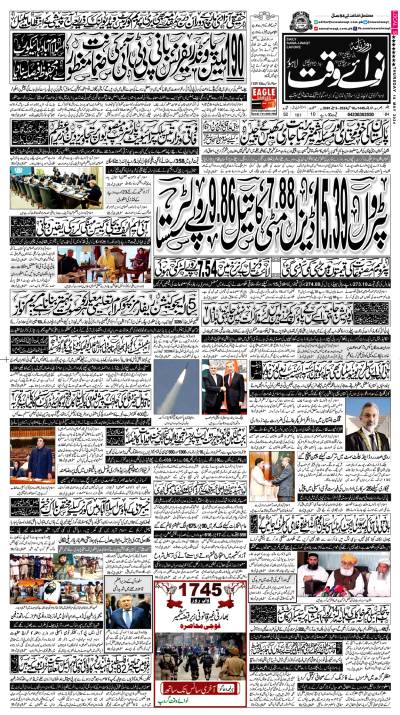In order to resolve the unequal distribution of water, and acknowledge concerns over water shortages expressed by multiple provincial governments in Sindh, the federal government may reconsider the 2004 water distribution system. Considering the legitimacy of water grievances and the fact that we have a diverse portfolio of data that can be consulted, there should be nothing standing in the way of creating a fairer alternative.
For years, Sindh has been criticising the 2004 three-tier water distribution system and has put forth multiple requests before the Council of Common Interests (CCI) for its withdrawal. The reality of the province experiencing a 62 percent shortage at all three barrages cannot be denied, along with the trickle-down effects this scarcity may have on crops, livestock and the people themselves. Most farmers are at high risk of completely losing their cotton, rice and mango crops, amongst many others. Even Punjab is in dangerous waters since it is reporting a 53 percent deficiency overall and a 68 percent shortage of irrigation water.
There is a dire need to come up with solutions that not only encourage the preservation of water but redesigns the distribution system in a way that ensures a steady supply to each province consistently. At least enough should be guaranteed so that overarching damages, like that to agriculture, can be mitigated. The National Assembly has formed a committee of representatives from the Centre, Punjab and Sindh to overlook water discharge at Guddu and Sukkur but in the meanwhile, the authorities must explore more permanent solutions as well.
One possibility is redesigning the distribution system to be equitable, by examining the variety of geographical, hydrological, economic and social features of each province. Such a solution was employed in the US when a dispute between Kansas and Colorado bubbled over into the Supreme Court. The goal was set to be the sharing of the benefits of the river equally. This led towards a comprehensive study of each province which then determined what percentage of water inflow would guarantee the same benefits. It further emphasised that downstream states—much like what Sindh is—should be given greater attention and have an equal right to water sources. This is just one of the many solutions that can be employed locally, but the main objective remains to be incurring change to ensure a positive outcome.
For years, Sindh has been criticising the 2004 three-tier water distribution system and has put forth multiple requests before the Council of Common Interests (CCI) for its withdrawal. The reality of the province experiencing a 62 percent shortage at all three barrages cannot be denied, along with the trickle-down effects this scarcity may have on crops, livestock and the people themselves. Most farmers are at high risk of completely losing their cotton, rice and mango crops, amongst many others. Even Punjab is in dangerous waters since it is reporting a 53 percent deficiency overall and a 68 percent shortage of irrigation water.
There is a dire need to come up with solutions that not only encourage the preservation of water but redesigns the distribution system in a way that ensures a steady supply to each province consistently. At least enough should be guaranteed so that overarching damages, like that to agriculture, can be mitigated. The National Assembly has formed a committee of representatives from the Centre, Punjab and Sindh to overlook water discharge at Guddu and Sukkur but in the meanwhile, the authorities must explore more permanent solutions as well.
One possibility is redesigning the distribution system to be equitable, by examining the variety of geographical, hydrological, economic and social features of each province. Such a solution was employed in the US when a dispute between Kansas and Colorado bubbled over into the Supreme Court. The goal was set to be the sharing of the benefits of the river equally. This led towards a comprehensive study of each province which then determined what percentage of water inflow would guarantee the same benefits. It further emphasised that downstream states—much like what Sindh is—should be given greater attention and have an equal right to water sources. This is just one of the many solutions that can be employed locally, but the main objective remains to be incurring change to ensure a positive outcome.





